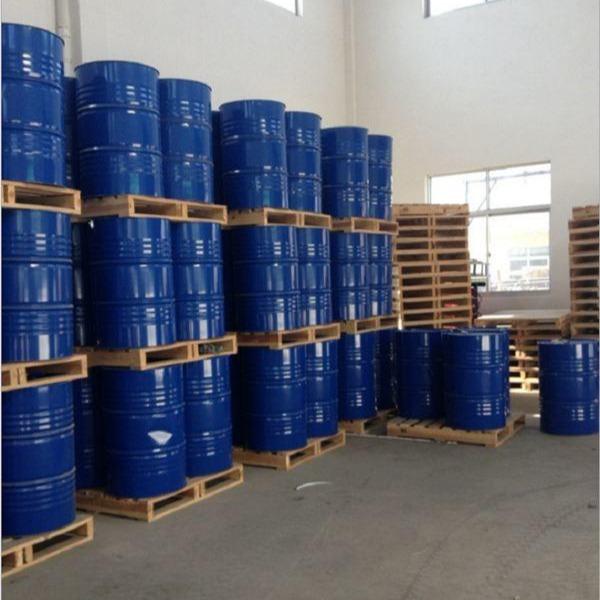-

Epichlorohydrin
CAS:106-89-8Read more -

2,2,4-Trimethyl-1,3-pentanediol(TMPD)
CAS:144-19-4Read more -

1,5-Pentanediol
CAS:111-29-5Read more -

1,3-Propanediol
CAS:504-63-2Read more -

1,3-Butanediol
CAS:107-88-0Read more -

1,6-Hexanediol
CAS:629-11-8Read more -

Butane-1,4-diol(BDO)
CAS:110-63-4Read more -

Dipropylene glycol(DPG)
CAS:110-98-5Read more -

Propylene glycol(PG)
CAS:57-55-6Read more -

Diethylene glycol(DEG)
CAS:111-46-6Read more -

Ethylene glycol(MEG)
CAS:107-21-1Read more -

2-methyl-1,3-propanediol(MPO)
CAS:2163-42-0Read more





